Yesterday, NASA announced that scientists had found new evidence that the surface of the planet Mars has flowing, liquid water on its surface.
An amazing discovery no less, but what does it have to do with cars? Well, not much, admittedly. But believe it or not, some of the technologies that are commonly used today – things that could well be in your car right this second – have been developed off the back of space exploration.
Earlier this year, we reported on the wheels of the new Shelby GT350R Mustang, which uses a liquefied ceramic coating to reflect heat that was first developed for use on the rocket engines of the Space Shuttle.
But that’s not all, and the automotive industry is full of now-innocuous bits and bobs that were originally developed to help further man’s quest to discover the stars. Here’s ten of the coolest and most surprising!
1 – Fire-proof fabric

The flame retardant fabric now commonly used in racing suits and in firefighting gear actually has disastrous origins thanks to the cabin fire which occurred during a training run for the Apollo 1 programme.
Intended to be the first step in the series of missions that would eventually put the first human beings on the moon, a flash fire caused by an electrical fault tragically resulted in all three of the astronauts in the Apollo 1 module to lose their lives.
As a result, NASA called for increased research and resources to be devoted to creating flame-proof fabrics and technologies, which have since evolved into the modern fire-proof kit of today.
2 – Heads-Up Displays
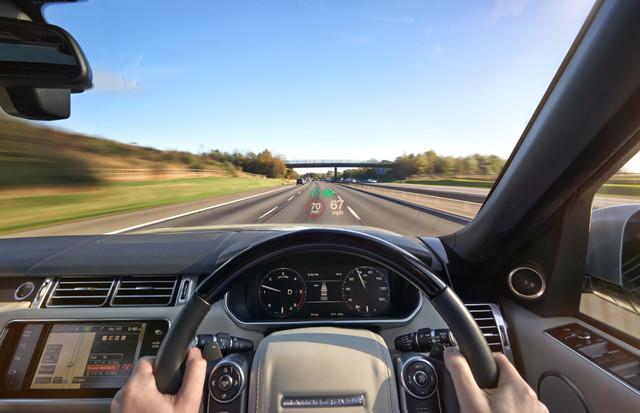
Most commonly seen in the cockpits of military fighter jets, heads-up display technology can also be found in the Space Shuttle, as well as in luxury cars across the automotive industry.
In cars, most heads-up displays beam driver information straight into the motorists’ line of sight, with information like speed and navigation directions being the most common things that are included.
In the Space Shuttle, however, the heads-up display shows everything from speed and wind direction, to altitude and even information which can guide the Shuttle to a safe landing on the runway.
3 – Robot arms
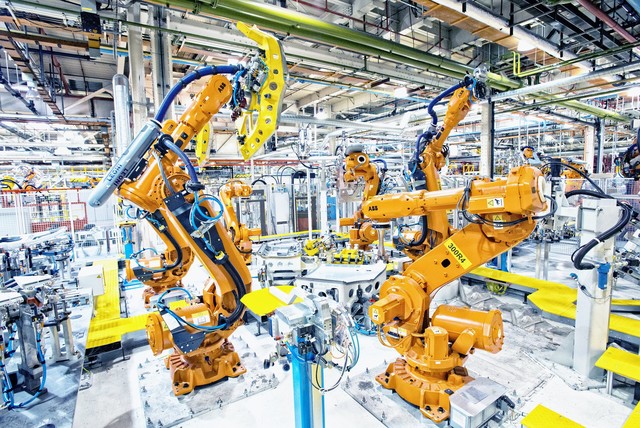
The introduction of the Canadarm in 1981 made life in space a lot easier for astronauts, who could use it to deploy and capture satellites, position astronauts during space walks and move cargo.
Interestingly, the same technology used to develop the arm has also trickled down into the technology used to make the robotic arms which assemble parts on automotive production lines.
The same delicate touch with which the Canadarm could grip and manipulate objects in orbit means that manufacturing robots can handle objects of varying size and strength, from heavy steel sheets to eggs.
4 – Airless tyres
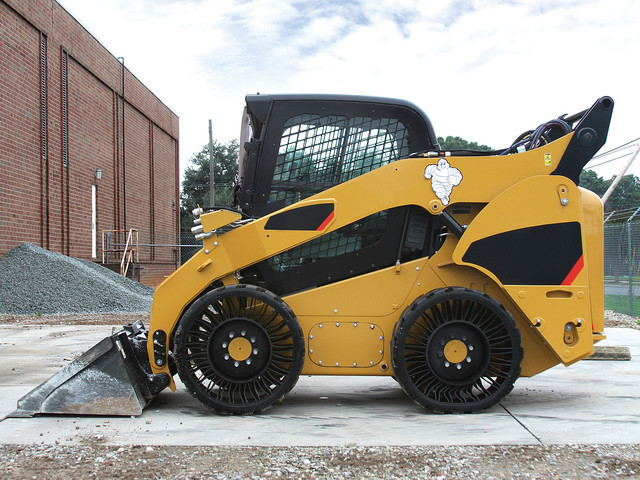
For the NASA Lunar Rover project, NASA naturally needed a tyre which could survive the harsh environment of space without puncturing, ripping or falling victim to variations in pressure, gravity or temperature.
The answer came courtesy of Michelin, who developed a special airless tyre known as the Tweel for the Lunar Rover, and which it continues to make in varying capacities today for civilian items.
Generally, the Tweel is more commonly used for industrial and agricultural applications, for instance for the wheels on industrial lawnmowers, but Michel has begun testing modified versions for use on road cars.
5 – Aerogel
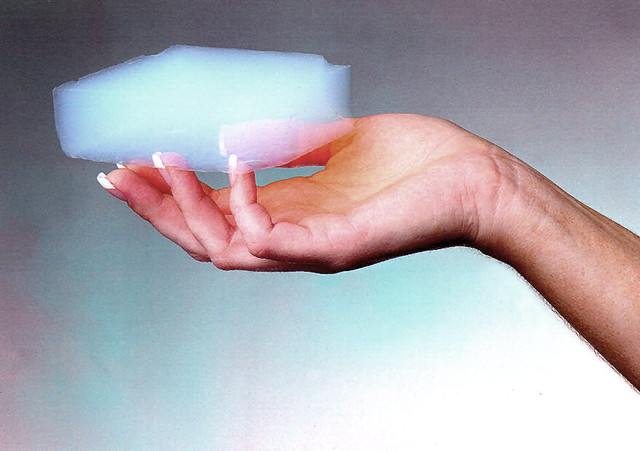
One of the strangest and most incredible human-made materials in history, Aerogel is a super-light material similar to a gel, but where the liquid component is replaced with a gas.
Chevrolet famously used Aerogel for the C7 Corvette, where it was included in the transmission tunnel to help insulate it from extreme temperatures developed by the Corvette’s powerful engine.
Previously, it’s also been used on the NASA Stardust spacecraft to collect floating space dust and as a thermal insulator in space suits. It’s also used in nuclear weapons, but that’s not really NASA’s thing. Nor Chevrolet’s, we imagine.
6 – Gold foil heat shielding
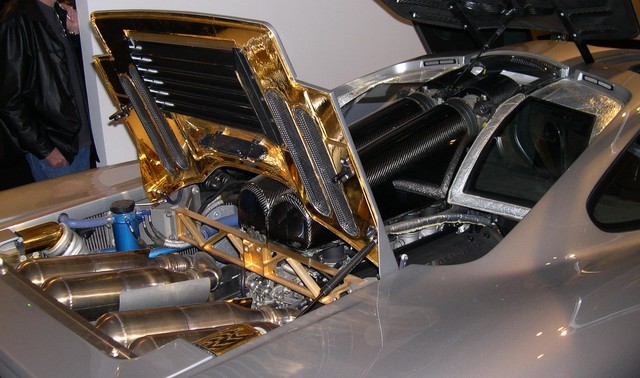
One of the most desirable metals on earth since ancient times, gold also has a surprising number of properties which make it ideal for application in space exploration, as well as in the automotive field.
NASA originally used gold foil heat shields on the landers which ferried the first astronauts across the moon, as well as on some satellites thanks to its ability to insulate objects from extreme heat levels.
Famously, gold foil was also used in the engine bay of the iconic McLaren F1 to keep all the hot exhaust gases and combustion heat inside, instead of burning through the bonnet.
7 – GPS and sat-nav
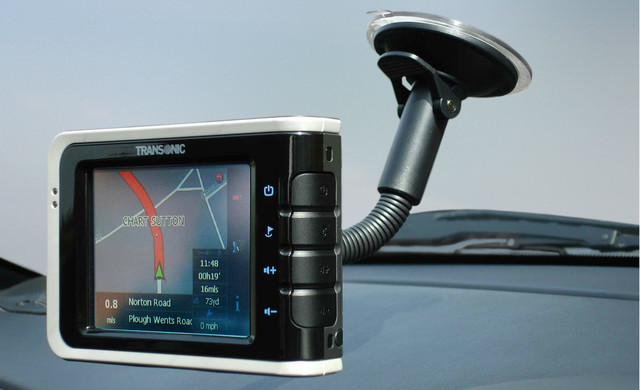
Satellite navigation systems are now available as standard on many cars and as an option on virtually every other new vehicle available on the market for sale today.
However, it was actually originally developed by the United States government for use in launching and tracking satellites which were sent into orbit around the earth.
8 – Hydrogen fuel cells
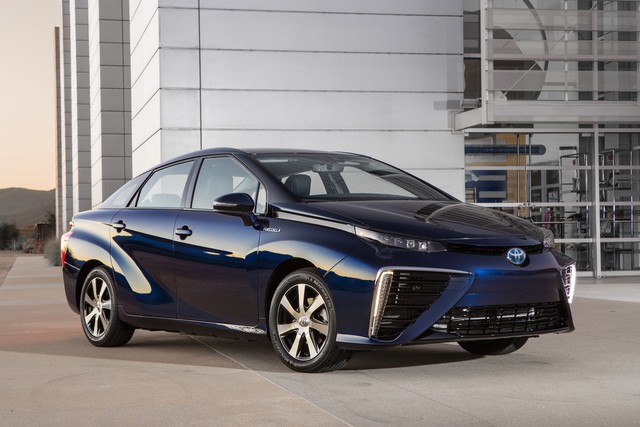
Hydrogen fuel cells, which produce electricity by combining hydrogen and oxygen, were originally used by NASA as a low-cost, sustainable power source for satellites and other spacecraft.
Fuel cell-powered vehicles are now becoming more and more commonplace in the consumer world, with the Toyota Mirai, hydrogen-powered version of the Hyundai Tucson and BMW i8 fuel cell prototype all using the technology.
Infinitely more sustainable than using fossil fuels, hydrogen fuel cell vehicles have the added advantage of not being limited to a certain range unlike electric cars, and the only emissions they produce are heat and pure water.
9 – NACA ducts

A NACA duct, also sometimes known as a NACA scoop or NACA inlet, is a common form of low-drag air inlet that commonly appears on many supercars, including the famous Ferrari F40.
Years before NASA was even invented, the US had a body known as the National Advisory Committee for Aeronautics (NACA). Developed for use on aircraft, the NACA duct didn’t see much use as it couldn’t generate the pressures necessary while in the air to make it effective.
Little did NACA know that the ducts it had created would be perfect as a cooling intake for many road cars and race cars alike to come, with most modern performance cars coming with some form of NACA-inspired aerodynamic ducts.
10 – Carbon fibre
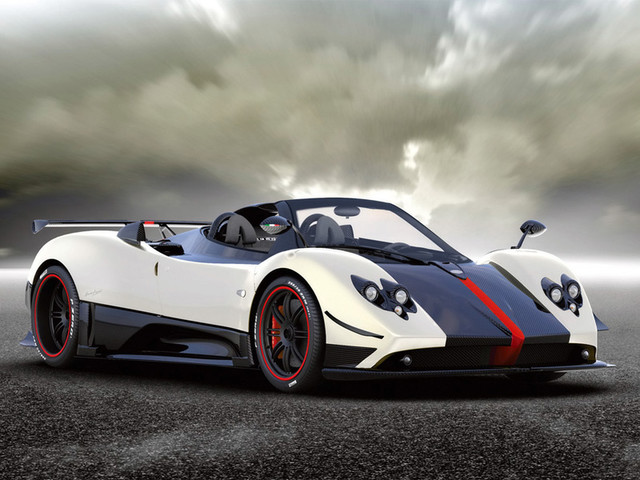
Popularly used in the aerospace and automotive industries due to its high strength and extremely low weight, carbon fibre is used for everything from spoilers and aerodynamic kit to entire bodyshells.
Originally developed in the 60s under the working title of Thornel 25 – named after Thor, the Norse god of thunder and strength – carbon fibre was first used to develop nozzles and tips for rockets and missiles.
Still used often in aerospace, space exploration and in the automotive sector, increasing numbers of carmakers are now implementing carbon fibre into the road cars of both today and tomorrow.



